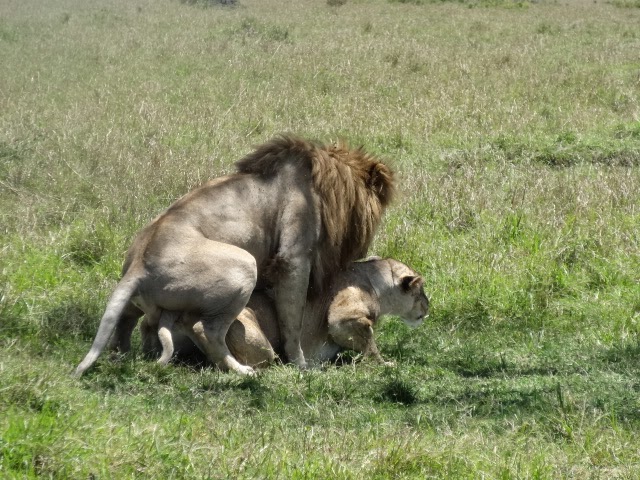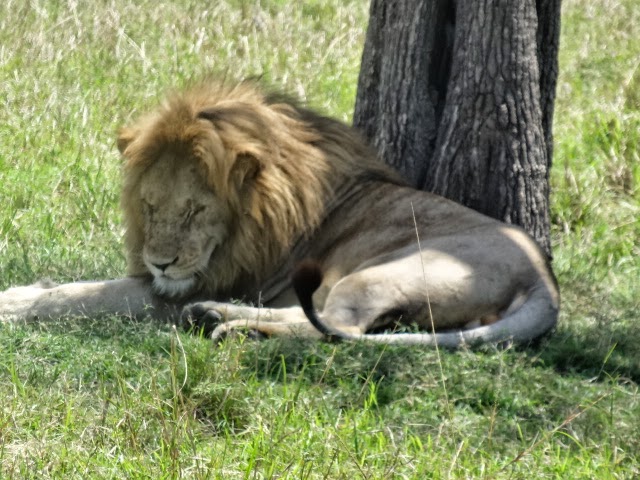 |
| No, this was not a creature that we found in our bathroom during the night. It was my delectable entrée, delicate grill calamari with an octopus topper at dinner a week ago Saturday at the divine The Sands at Nomad. |
Note: Due to WiFi issues in Kenya at the time, some of the captions for the photos couldn’t be added when I carried over the photos. Subsequently, I’ve left out a few captions in today’s photos.
Today’s food photos are from the post in 2013 while living in Diana Beach, Kenya. For more from this date, please click here.
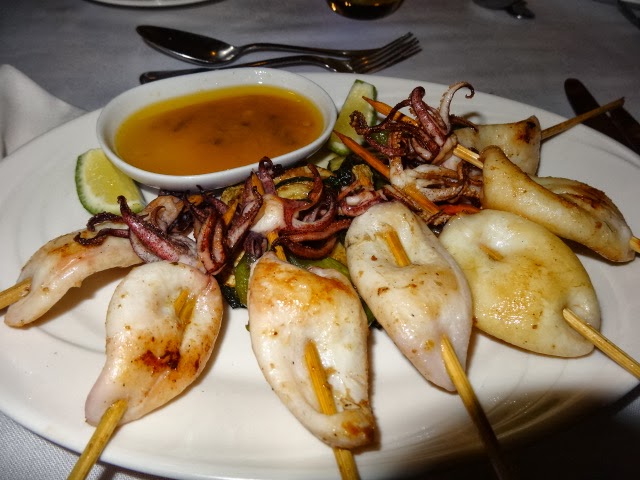
How exciting it is today to see these dining-out photos from seven years ago today at The Sands at Nomad restaurant and resort. However, after acquiring a long-lasting stomach bug from eating too many baby octopuses on Christmas Day in Fiji in 2015, I’ve yet to eat a meal such as this again.
 |
| Tom’s pork chop dinner that same evening with fried potato wedges and sautéed vegetables. |
As good as this looks to me in its concept, minus the octopus topper, right now we’re both craving a huge juicy steak, such as a rib-eye or T-bone. I can’t imagine how tasty that would be. It’s been nine months since we’ve had any beef, which isn’t served in India due to the sacred nature of cows.
 |
| Tom was looking forward to dining with the cool ocean breezes washing over us. |
We appreciate and respect their religious beliefs but never imagined we wouldn’t be able to eat any beef or pork (other than bacon) for such an extended period. Uncertain about the source of fish here in India, and considering the polluted oceans, I tend to avoid fish as much as possible.
 |
| One of the many lounge areas in The Sands at Nomad, not only a resort and restaurant but a welcoming stopping point for thirsty visitors seeking a spot to relax and unwind either inside the bar or at the tables on the beach where food is also served. |
The only fish options in this hotel are salmon and prawns, both of which are tiny portions. Sure, I could place a double order for an average-sized portion of either of these. But I’m not willing to pay US $36, INR 2643, for a fish or seafood when I don’t know the source. When I asked the chef these questions regarding fish and seafood, the answers were vague and unclear. So, chicken is it, night after night.

This morning I ordered a cheese plate with a few hard-boiled eggs. The cheese plate was so huge (again, inconsistency) that tonight, I may take a break and not order dinner at all, finishing the remaining egg and cheese.
 |
| That Saturday night, the 19th, we walked the short distance to the restaurant after the complimentary taxi ride. We were enthused to see the property in daylight. Although shortly after 6:00 pm, we’d still have an opportunity to see a few of the suites and peruse the remainder of the property while still light. |
Tom has stopped ordering dinner altogether. It was either swimming in butter or too dry. We’ve both reviewed the menu repeatedly, and there is nothing else to order that I can eat or that Tom is willing to eat.

Some takeaway menus online could be ordered and delivered to the hotel, but mostly, it consists of deep-fried, starchy, sugary options, none of which appeal to either of us. In any case, both of us are losing weight, which we both needed to do after all this time in lockdown.

I am only 7 pounds, 3.19 kg away from my goal, my lowest weight in the past eight years, where all of my remaining clothing in my luggage will fit me. While in the US last winter, I’d bought several items my sister Susan and I always referred to as “Heidi” clothes which we called clothing that attempted to “hide” excess weight.
 |
| Felix, the host for our tour of the suites, took us along a path parallel to the ocean to see the exciting and appealing grounds, a part of which included these private cottages. It was only two weeks later that we booked a three-night stay here to celebrate our travel anniversary on October 31, 2014. |
Getting rid of all of those four-sizes-larger clothing (which we’ll donate before leaving India) will help reduce our luggage weight, which within the next month will result in a total loss of 25 pounds, 11.3 kg, for me. After I had open-heart surgery in February 2019 in South Africa and was relatively immobile for so long while also taking those awful medications, I gained weight, and no matter how hard I tried, I couldn’t lose it.

It was only in the past few months that I bit the bullet and resumed eating a deficient carb/keto diet to reduce the pain in my legs that I found I started losing weight, about 3 pounds, 1.4 kg a week. The pain in my legs has improved about 75%, coupled with the weight loss. So, I guess there’s a benefit to the food situation here after all.
 |
| The executive cottages were exquisite. |
Now that Tom’s stopped ordering dinner and eats a big breakfast instead, he’s also losing what he’d gained during lockdown from eating that dish of chicken pasta every night with a side of roasted potatoes. He continues to walk and do the stairs daily.
 |
| The cooks at the grill were friendly and helpful in assisting us in making our decisions. |
That’s it for today, folks. It’s time for me to head back out into the corridor after completing half of my daily 5 miles, 8 km walk in the corridors.
Have a healthy day!
Photo from one year ago today, October 21, 2019:
 |
| Tom’s Italian chicken pasta lunch in Wales. Little did Tom know that he’d been eating chicken pasta in Mumbai, India, for over 200 nights! For more, please click here. |











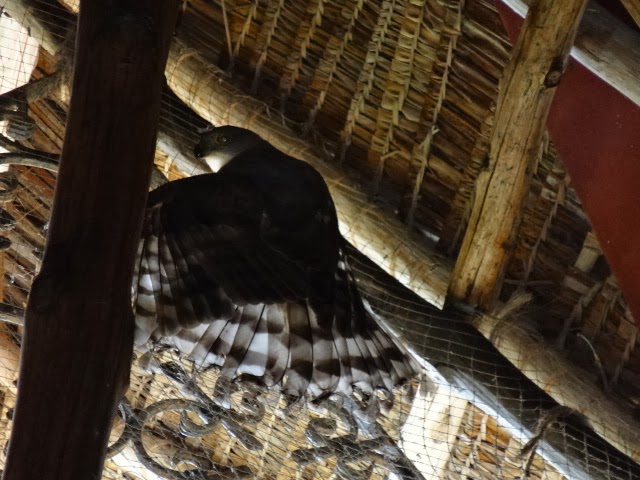











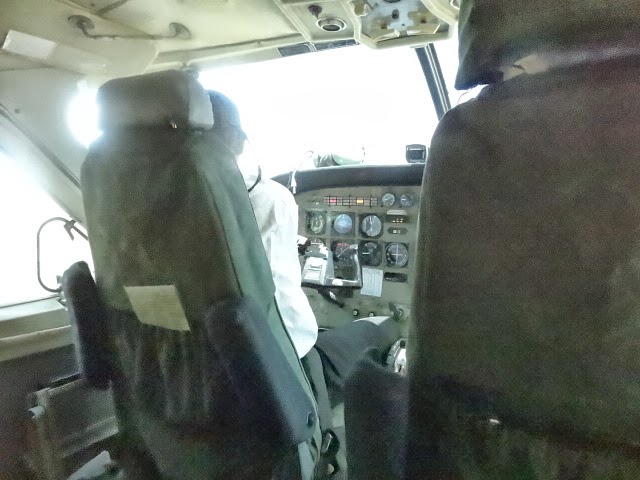

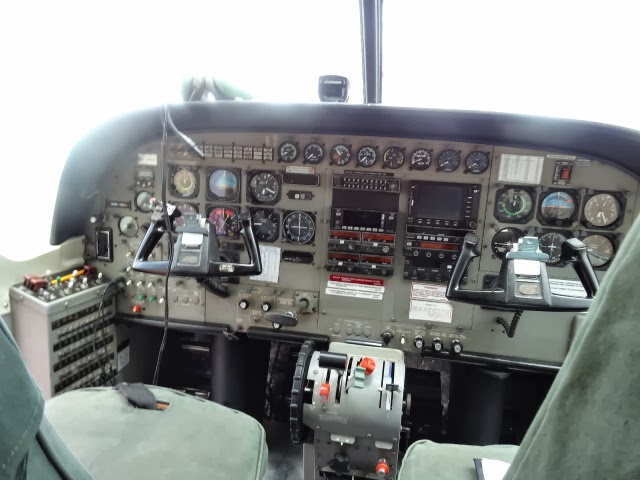
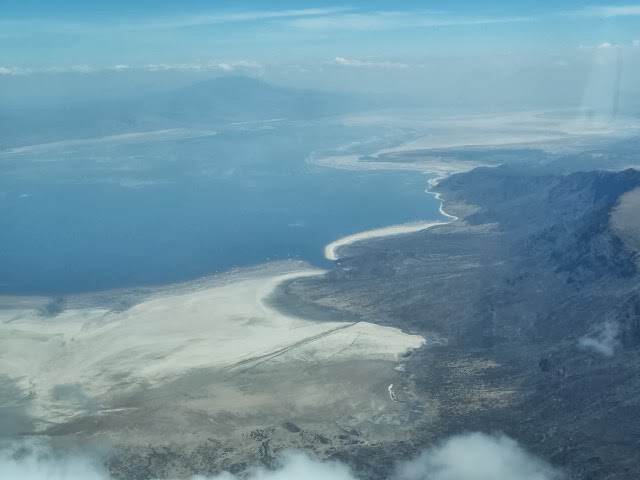





 T
T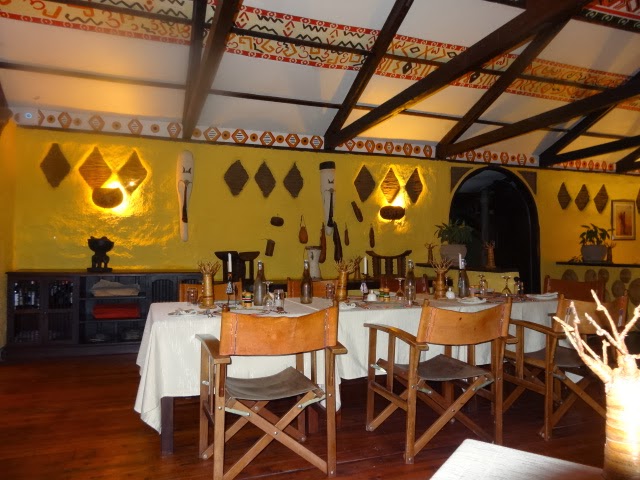
 One evening, as we were busy posting after dinner, the staff and guests began dancing around the lodge to celebrate a couple’s anniversary. It was an intimate group with no more than 16 guests on-site while we were there. (The camp holds a maximum of 28 guests). With a bit of prodding from the staff, we joined in the line.
One evening, as we were busy posting after dinner, the staff and guests began dancing around the lodge to celebrate a couple’s anniversary. It was an intimate group with no more than 16 guests on-site while we were there. (The camp holds a maximum of 28 guests). With a bit of prodding from the staff, we joined in the line.






































